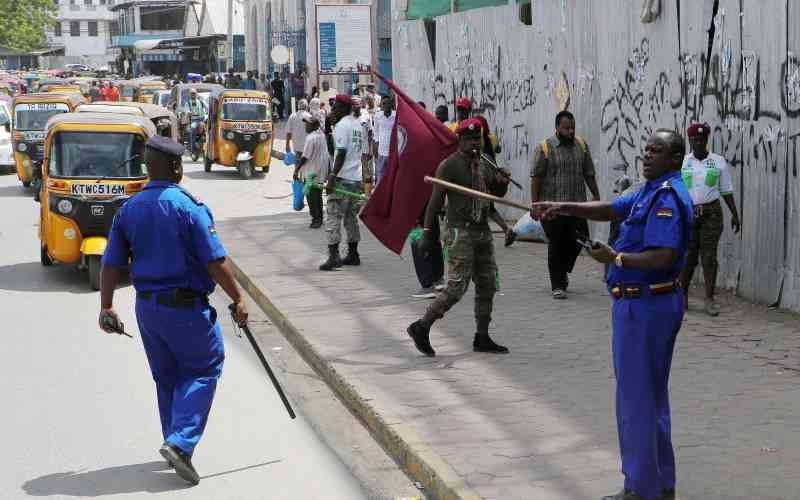×
The Standard e-Paper
Informed Minds Prefer The Standard

The last time Nairobi was rocked by weekly demonstrations in 2016 when opposition leaders demanded reconstitution of the electoral agency, every eight out of 10 business people were negatively affected.
At the time, the average revenue lost per business per day of demonstrations was estimated to be Sh48,304.